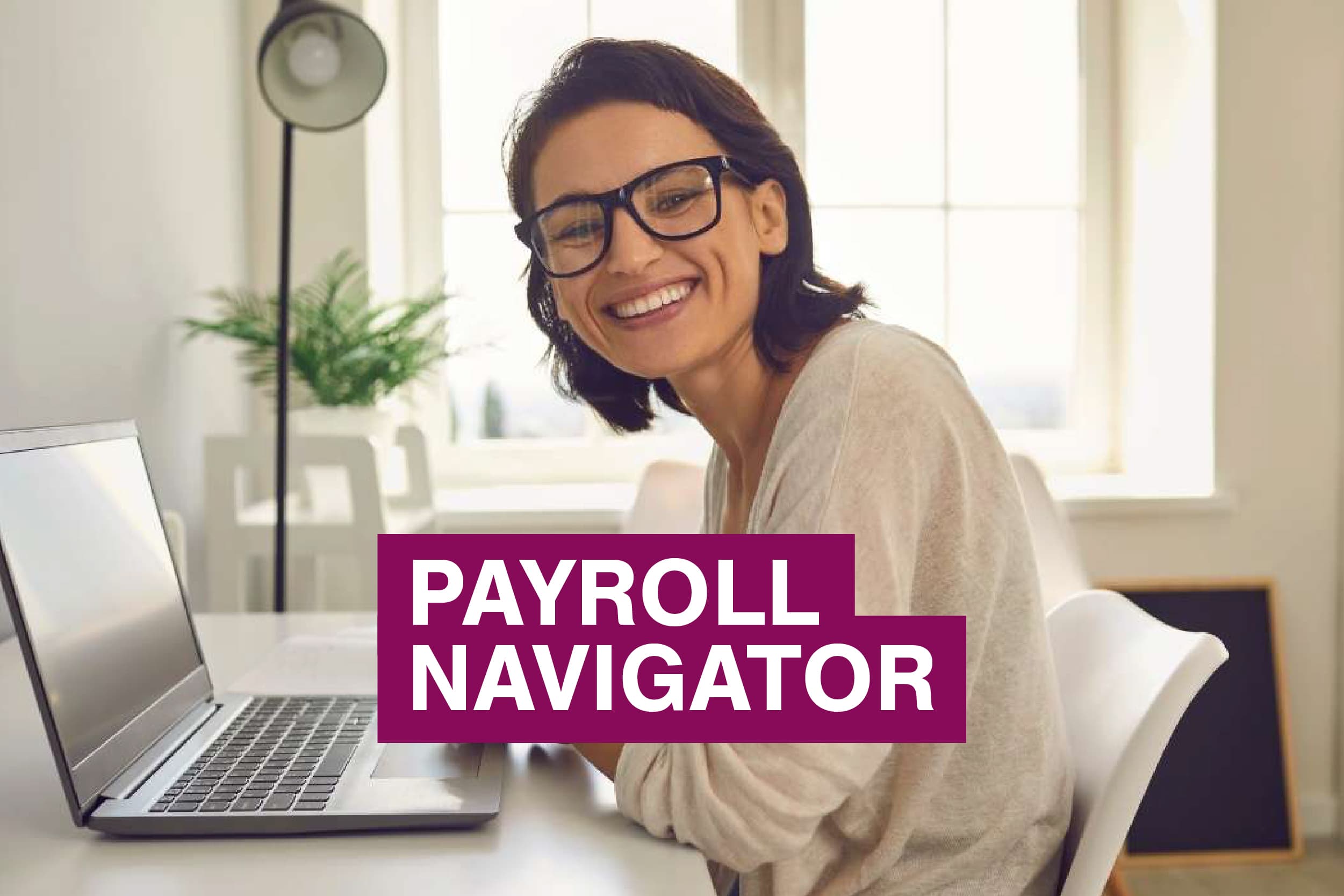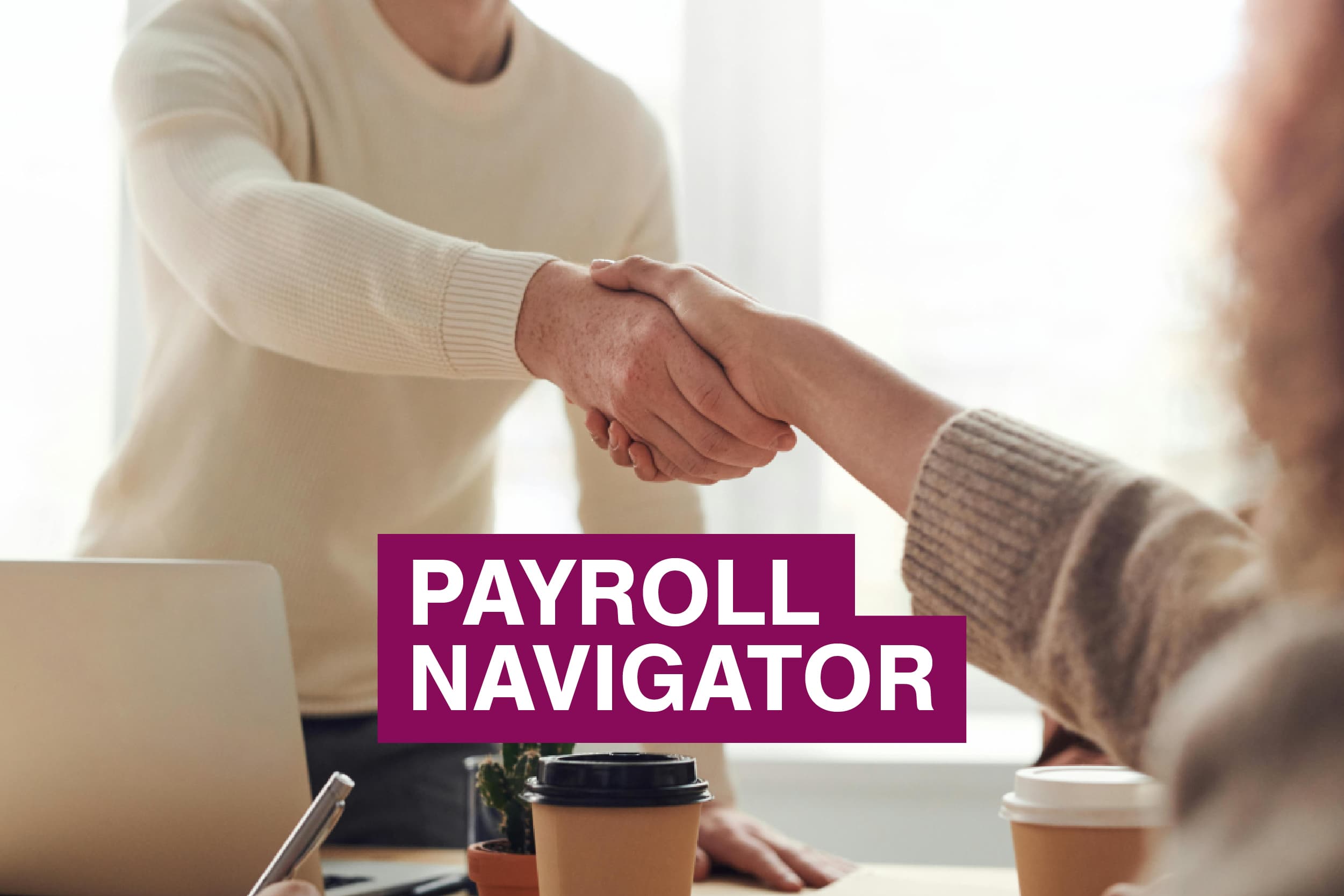
Is SaaS payroll the best option for my business?
22% of European companies use a SaaS payroll solution from an external provider.
Payroll can’t happen without some kind of tech intervention, even if it’s just a calculator. So naturally, the HR space is crowded with a wide variety of payroll tech solutions. It can be overwhelming enough that some business leaders might feel safer sticking to Excel, despite its limited functionality. But the great thing about this wealth of payroll technology is that it gives you options, so you can choose exactly how involved or hands-off you are when it comes to the tech side of things.
Understanding SaaS payroll
SaaS of course stands for ‘software as a service’: ‘software’ is specific enough, but the ‘service’ element can be harder to define. When you invest in SaaS payroll, you’re buying a piece of technology that enables your employees to run their own payroll. The software itself should be efficient and easy to use, and the provider’s service should enable that, whether it’s through carefully planned onboarding, comprehensive training materials, personalized tech support, or ideally, all the above. But ultimately, you’re doing a lot more yourself when relying on SaaS payroll only.
SaaS or Managed Payroll?
Our research shows that European organizations of all sizes are quite evenly mixed in their approach to payroll software. Respondents cover the full range from building a custom solution in-house, up to outsourcing payroll entirely. About half are somewhere in the middle, balancing the use of payroll tech with managed payroll services (MPS). Where SaaS enables you to take greater control of payroll, MPS takes more work out of your hands. So, choosing to work extensively with MPS will likely seem more expensive than investing in SaaS. But it’s worth bearing in mind that SaaS payroll can only be effective if you hire specialized employees to manage it.
When to choose SaaS
To decide if SaaS payroll is the best option for your business needs, first consider your strategic priorities, along with your internal capabilities. The number of employees currently on your payroll is an important factor, but you should also look to the future and ensure you choose a scalable solution that can grow with your business. Here, SaaS payroll shines, as it’s usually designed with scalability in mind. It also holds particular appeal for organizations that prioritize remote working or operate from multiple locations, since you can access SaaS payroll from anywhere with an internet connection.

What the data reveals
It's interesting to note that, according to our new data, SaaS is most popular at companies with 100-499 employees. At this size, SaaS is more popular than any other payroll management system. Smaller businesses are more likely to outsource payroll entirely to a third-party, and when they’re very small that third-party is usually an accountant. The benefits of SaaS become clearer once you reach larger SME size, by which time you’re likely to have developed some internal expertise on payroll and can handle more payroll-related tasks independently. This is also often the point when organizations start to realize the benefits of more sophisticated payroll management, and so they start looking for ways to personalize and take greater control of the process.
No matter which stage of growth your business is at, however, two words should always be top-of-mind when choosing how to manage payroll: employee experience. Making sure people get paid efficiently is a central tenet of job satisfaction, and that doesn’t just mean making sure they receive the right amount of money on the correct day. It’s about crafting a payroll management system that’s easy to use and reliable, accessible yet secure, and integrates seamlessly with the rest of your HR ecosystem.

Bart Jonkers
Director International Service Delivery


